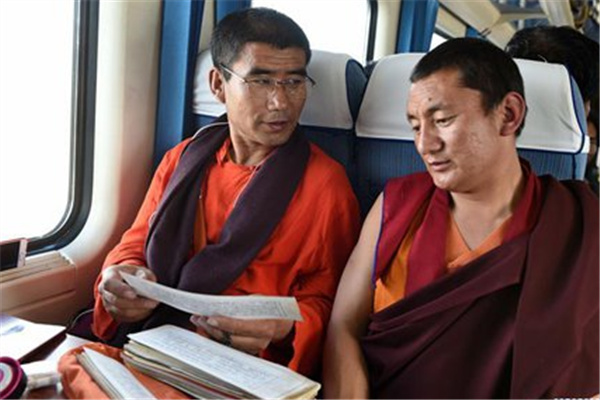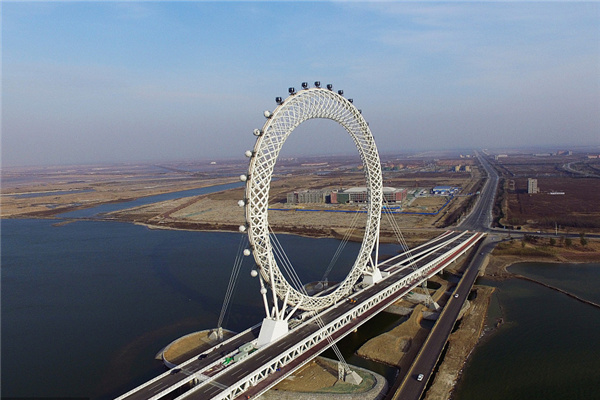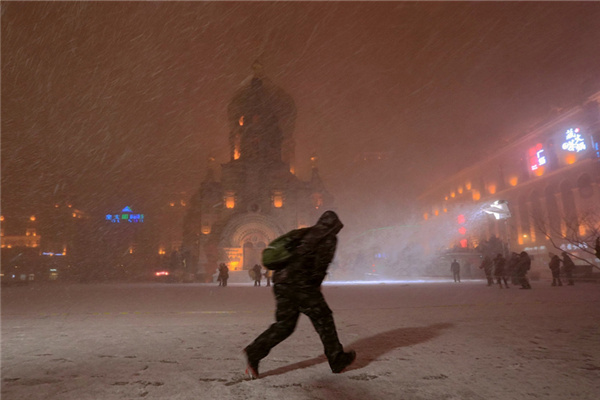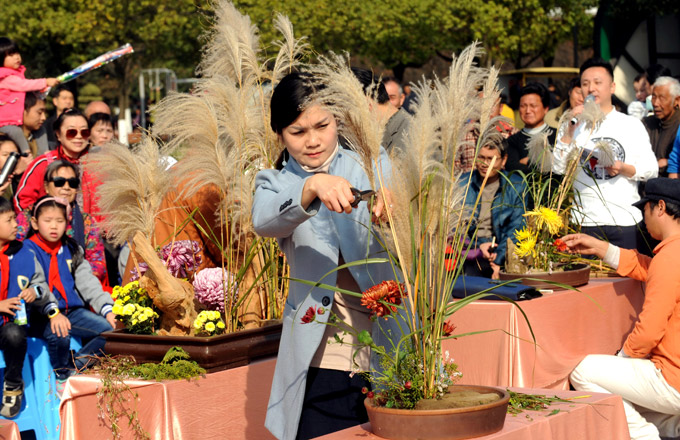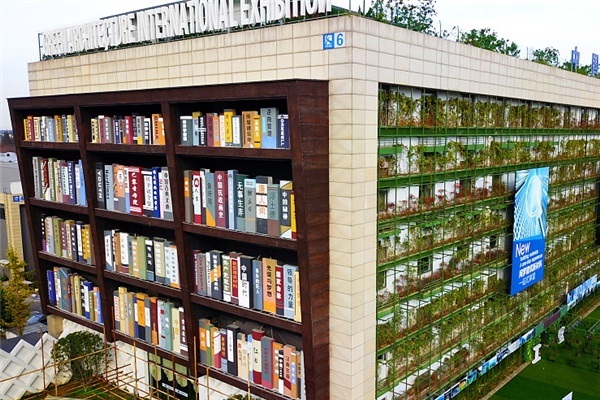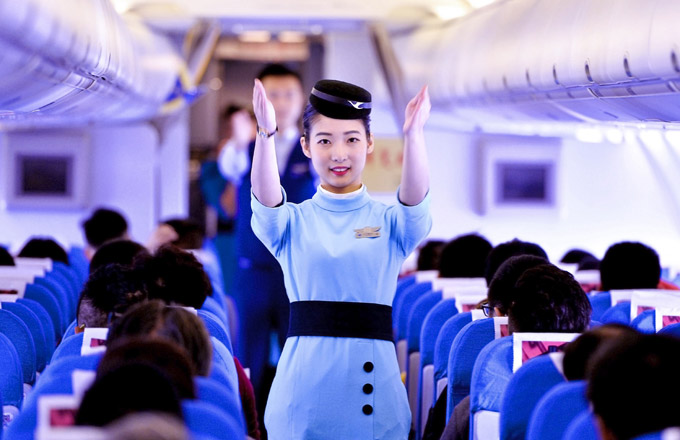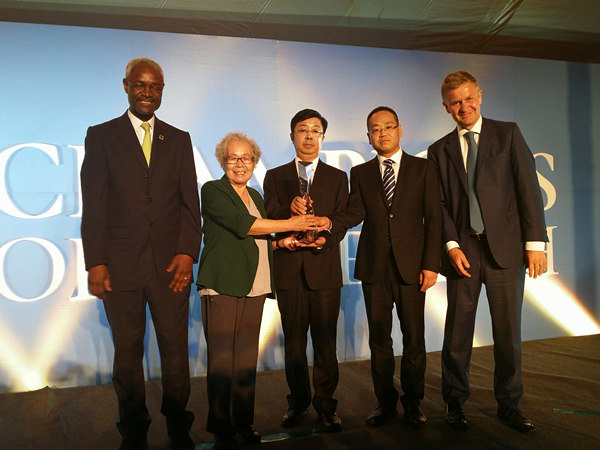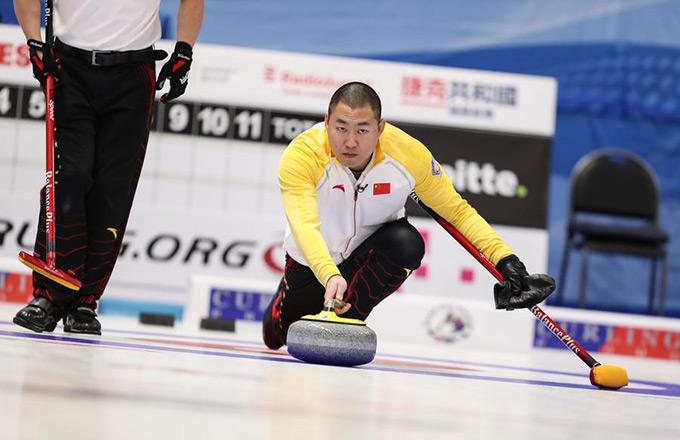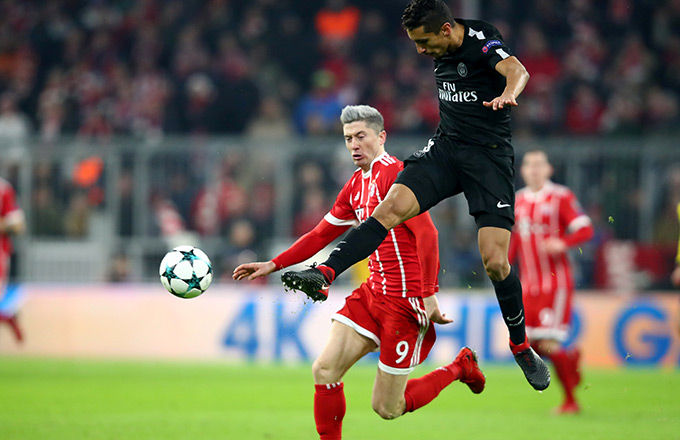

Wars may destroy his factories and shops, but they will never devastate his business, his confidence or his optimism.
Thomas J Bata, who has sold shoes for more than 69 years, heads the world's largest and most successful family-run business.
Bata brought its global line of footwear to China in 2004 through an agreement of distribution authorization with Belle Group, China's biggest footwear seller and the distributor of Nike, adidas and Levi's jeans.
However, this wasn't Bata's first appearance in China.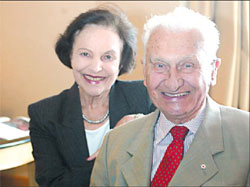
"Early in 1927, my father, the founder of Bata Shoes Organization, brought our family business to China a place he regarded as having great potential," says Bata.
"He opened the first Bata shop in a three-floor building on Middle Nanjing Road in Shanghai, then established our brands throughout East China, building 60 to 70 stores in places such as in Nanjing (capital of East China's Jiangsu Province)."
At that time, Bata shoes were fashionable in Shanghai's thriving and prosperous Foreign Settlement.
"Now, in my office in Toronto, there is still a photo of my father with Chinese ambassador at the time," says Bata.
"However, owing to Japan's aggression, Bata had to retreat from China, where my father had operated a great and prosperous business," the 92-year-old entrepreneur sighs.
But that wasn't the only time wars posed a problem to the Bata family business.
In 1894, Bata's father, Tomas Bata Sr, an eighth-generation cobbler with entrepreneurial flair, opened a small shop with his sister and brother in Zlin, Czechoslovakia. By 1917, Bata's annual sales reached 2 million pairs produced by 5,000 employees. Within 40 years, Bata was at the helm of the world's biggest, most sophisticated shoe store.
Bata took over his father's position at the age of 17, when his father died in a plane crash in 1932.
The family fled to Canada in 1938, after the Nazis invaded Czecholslovakia. They reopened the family business in Batawa, near Toronto.
Like the company's China operation, all Bata buildings and factories in Eastern Europe were nationalized after the wars.
Bata has continued to thrive in the wake of war. Today, it operates more than 4,700 retail stores in more than 50 countries across five continents and employs more than 40,000 people to serve one million customers daily.
It has again become the world's biggest shoe provider, with annual revenues approaching $400 million. Today, it operates on a much larger scale than ever before and has more brands, including Bubblegummers, Power, Marie Claire and North Star.
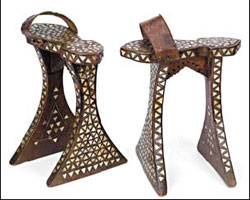 "We have come back to the Chinese market and are confident our operation now are stronger than my father's was," says Bata.
"We have come back to the Chinese market and are confident our operation now are stronger than my father's was," says Bata.
Although Bata is nearly a centenarian, he is still confident he can learn Chinese as his company enters the country's market.
"Chinese is really difficult to learn, and I have passed the golden age for learning languages easily. But I hope that next time I come to China, I can speak a bit Chinese here," says Bata, showing the Chinese study books he uses.
His age certainly hasn't slowed him down. His wife points out that even though he's in his 90s, "he still skis and swims this winter."
All about shoes
After running the family business for 69 years, Bata handed the now global network over to his son, Thomas George Bata, in 2001.
However, shoes have remained an important part of his life.
His wife, Sonja Bata, a Swiss architect he met and then married when he returned to Europe after the war, is impressed by, and shares her husband's passion for, shoes.
She began collecting the footwear to which the company owes its fortune.
The couple established the Bata Shoe Museum Foundation to create "a center for knowledge about the role of footwear in the social and cultural life of mankind" in 1979, before opening the museum in downtown Toronto in 1995.
As the largest shoe museum in North America, it exhibits all types of footwear, from the tiny, embroidered "lotus" shoes women in ancient China wore on bound feet to the rococo slippers the French aristocracy donned in the age of Louis XV. Other exhibitions display Elton John's outrageous red and silver platform boots, which he strutted about in onstage circa 1973, John Lennon's 1960s black leather "Beatle boot", Queen Victoria's ballroom slipper and Pope Leo the XIII's ceremonial flat.
"We collect shoes in every country we visit, and every time I come to China, I bring several pairs of classical shoes back," says Sonja Bata, tinkering up her makeup.
"And I hope that someday I can bring my shoe exhibition to China to share our shoe culture with this historical nation."
Thomas Bata says that, "Several years ago, when Shanghai's mayor treated my wife and I to dinner in a hotel which was originally a Bata shop, I jokingly asked the mayor: 'when can you return this building to Bata'?"
"He said, 'you should ask my colleague'."
Bata also established a Thomas Bata University in Zlin, of the Czech Republic, and a Bata Foundation to boost the development of the shoe industry.
Although no Chinese enterprise or organization benefits from the Bata Foundation yet, "my university has begun cooperating with China's academy," says Bata.
The Batas also say they do not wear Bata shoes all of the time, because "We want to try other shoes; then we can know the difference between our shoes and other products. We may get inspiration and consciousness from wearing different shoes."
China business
Since 2004, Bata established 84 stores in China through Belle. Its China operation today covers nearly all first-tier cities.
"We hope to open at least 200 stores before 2008," says Zeng Jin, executive manager of Bata China.
"We are targeting the white collars, providing them with business casual shoes," says Zeng. "That means you may wear the comfortable Bata shoes to work, to an informal party and on the weekend."
She explains that although Bata will never be a fashion leader, "we won't lose the vogue."
In China, Bata shoes range between 500 and 1,000 yuan a pair, except for its Italian-made boots, which cost about 1,600.
The company imports 15 percent of the shoes it sells in China, which are 20 percent more expensive than domestically made footwear.
Profile
THOMAS J BATA
Born in Prague, Czechoslovakia on September 17, 1914
Moved to Canada in 1939 and became a Canadian citizen in 1942
Educated in Czechoslovakia, England and Switzerland
Chairman of Bata and Bata Shoe Foundation
Chairman of Canada-India Business Council
Governor of Trent University, Peterborough, Ontario
Board of Directors of Tomas Bata University, Zlin, Czech Republic
Hobbies: Tennis, Skiing, Swimming
SONJA INGRID BATA
Born in Zurich, Switzerland, 12 years younger than Thomas Bata
Studied architecture at the Swiss Federal Institute of Technology
Vice Chairman of Bata Shoe Foundation
Chairman and founder of Bata Shoe Museum
Other board memberships include: Royal Military College, Atlantic Council of Canada, Canadian Forces Liaison Council, Sackville Trust, Junior Achievement, Mentor Foundation, Shastri Institute.
Chairman of World Wildlife Fund (Canada)
They married in 1946 and have one son and three daughters, now living in Don Mills, Ontario, Canada.
(China Daily 02/10/2007 page12)

